Have you ever glanced at your palm and wondered what those intricate lines reveal about your path to success and recognition? In the ancient art of palmistry, also known as chiromancy, the lines on our hands are believed to map out our life’s journey, offering insights into personality, potential, and destiny. Among these, the Sun Line—often called the Apollo Line or Line of Success—stands out as a beacon of fame, creativity, and achievement. But what happens when this line is interrupted by breaks or marked by islands? These features can signal challenges, transformations, or even opportunities for growth in your pursuit of glory.
In this comprehensive guide, we’ll delve deep into the Sun Line, exploring its meanings, variations, and especially the implications of breaks and islands. Whether you’re a curious beginner or a seasoned enthusiast, understanding these elements can provide valuable perspectives on navigating life’s ups and downs. Let’s uncover the secrets etched in your palm and learn how to interpret them for personal empowerment.
The Foundations of Palmistry: A Brief Historical Overview
Palmistry has roots stretching back thousands of years, with evidence of its practice in ancient civilizations such as India, China, Egypt, and Greece. In Vedic astrology and Indian palmistry (hast rekha), it’s intertwined with concepts of karma and destiny, where hands are seen as mirrors of the soul. Chinese palmistry, on the other hand, emphasizes balance and harmony, linking lines to elemental forces.
The Sun Line derives its name from the Sun (or Apollo in Greek mythology), symbolizing brilliance, vitality, and public acclaim. Historically, palmists like Cheiro (William John Warner) in the 19th century popularized interpretations of this line, associating it with artistic talents and worldly success. Today, palmistry blends traditional wisdom with modern psychology, viewing lines not as fixed fates but as indicators of potential energies and life patterns. This holistic approach helps explain why breaks and islands on the Sun Line aren’t necessarily doomsdays but calls for resilience and adaptation.
Understanding the Sun Line: Location, Meaning, and Significance
The Sun Line is a vertical crease typically running from the base of the palm upward toward the base of the ring finger, also known as the Apollo finger. It’s located on the Mount of Sun, the padded area beneath this finger, which governs creativity, confidence, and self-expression. Not everyone has a prominent Sun Line; in fact, its absence or faintness is common and doesn’t spell failure—it might simply indicate a life of quiet contentment or success achieved through unconventional paths.
At its core, the Sun Line represents your potential for fame, recognition, and personal fulfillment. A strong, clear line suggests innate talents that shine brightly, leading to career highs, artistic breakthroughs, or social admiration. It’s often linked to professions in the arts, entertainment, leadership, or any field where charisma and innovation play key roles. For instance, musicians, writers, and public figures frequently exhibit robust Sun Lines, reflecting their ability to captivate audiences.
The line’s starting point adds layers to its interpretation:
- From the base of the palm: Indicates early success and a lifelong pursuit of excellence.
- From the Head Line: Suggests intellectual pursuits leading to fame, often in academia or inventive fields.
- From the Heart Line: Points to emotional drives fueling achievements, like passion projects or family-inspired endeavors.
- From the Fate Line: Implies destiny-guided success, with hard work amplified by fortunate opportunities.
A deep, straight Sun Line is ideal, symbolizing steady progress and unwavering confidence. However, variations like length and clarity modify this. A long line extending to the ring finger hints at enduring legacy, while a short one may mean delayed recognition or niche acclaim. Remember, the Sun Line isn’t about luck alone—it’s about the energy you invest in your ambitions, much like the Sun’s rays illuminating hidden potentials.
Types of Sun Lines: From Ideal to Varied Forms
Sun Lines come in diverse configurations, each telling a unique story about your journey to success. Understanding these types helps contextualize breaks and islands, as they often appear within these frameworks.
- Long and Deep Sun Line: This is the gold standard, indicating smooth sailing toward wealth, fame, and creative triumphs. People with this type often excel in high-visibility roles, enjoying consistent recognition. It’s a sign of strong self-belief and the ability to turn talents into tangible successes.
- Short Sun Line: Not a setback, but a signal of postponed glory or fulfillment in smaller circles. Success might come later in life or through personal satisfaction rather than public applause. It’s common in those who prioritize inner peace over external validation.
- Double or Multiple Sun Lines: Rare and auspicious, this suggests versatility and multiple avenues for achievement. You might thrive in dual careers or receive support from mentors, leading to diversified fame. However, if faint, it could indicate scattered energies needing focus.
- Wavy Sun Line: Reflects an unpredictable path with fluctuating fortunes. Ups and downs in career or reputation are likely, but with persistence, you can stabilize your trajectory. This type urges adaptability in the face of external changes.
- Forked Sun Line: Branches at the end or beginning denote multifaceted talents or pivotal life choices. An upward fork promises gains, while a downward one warns of distractions. It’s a reminder to align branches with your core goals.
- Broad or Chained Sun Line: A broad line might signal burnout from overextending yourself, while a chained appearance (series of small links) points to intermittent efforts or obstacles. Both encourage balanced energy management for sustained progress.
These types aren’t isolated; they interact with the palm’s overall structure. For example, a strong Sun Line paired with a robust Mount of Sun amplifies positive traits, while a weak one might be bolstered by other supportive lines.
How to Read the Sun Line: Step-by-Step Guide
Reading the Sun Line requires a holistic view of the hand, considering both palms (dominant for current life, non-dominant for potential). Here’s a practical approach:
- Examine Visibility and Starting Point: Note if it’s clear or faint. Trace its origin— from the wrist for early fame or higher up for mid-life breakthroughs.
- Assess Length and Depth: Longer lines suggest prolonged success; deeper ones indicate strong drive. Measure against age markers: base to Head Line (youth to 35), Head to Heart Line (35-50), beyond (later years).
- Look for Continuity: Unbroken lines mean steady paths; interruptions like breaks or islands require closer scrutiny (detailed below).
- Check for Markings: Positive signs like stars (sudden fame) or squares (protection) enhance readings; negative ones like crosses (setbacks) add caution.
- Compare Hands: Consistency across both palms strengthens predictions; differences highlight areas for personal growth.
- Contextualize with Other Lines: A Sun Line crossing the Fate Line boosts career luck, while touching the Life Line ties success to vitality.
Practice on your own hand or friends’—palmistry is as much intuition as technique. Always interpret positively, viewing challenges as lessons rather than curses.
Breaks in the Sun Line: What They Reveal About Interruptions and Resilience
Breaks in the Sun Line are gaps or discontinuities, symbolizing disruptions in your flow of success, confidence, or recognition. They’re common and not inherently fatalistic; instead, they highlight periods of transition, learning, or reevaluation.
Meaning of Breaks
A break often indicates obstacles like career changes, financial dips, or personal doubts. According to palmistry experts, a broken Sun Line suggests unstable reputation or phases of achievement followed by setbacks. For instance, if the break occurs early (near the base), it might point to youthful struggles before finding your calling. Mid-line breaks could signal mid-career crises, while upper breaks warn of late-life challenges.
In Chinese palmistry, intermittent or broken lines denote interruptions by external influences, hindering leaps in career. However, if the line resumes parallel or stronger after the break, it signifies recovery and renewed success through past experiences.
Types of Breaks
- Single Break: Temporary halt, like a job loss or creative block. Resilience turns this into a growth opportunity.
- Multiple Breaks: Indicates erratic paths, with frequent shifts. It calls for flexibility and patience.
- Overlapping Breaks: Where segments overlap slightly, suggesting minor disruptions that don’t fully derail progress.
- Breaks with Branches: If a branch emerges from the break, it hints at alternative paths leading to success.
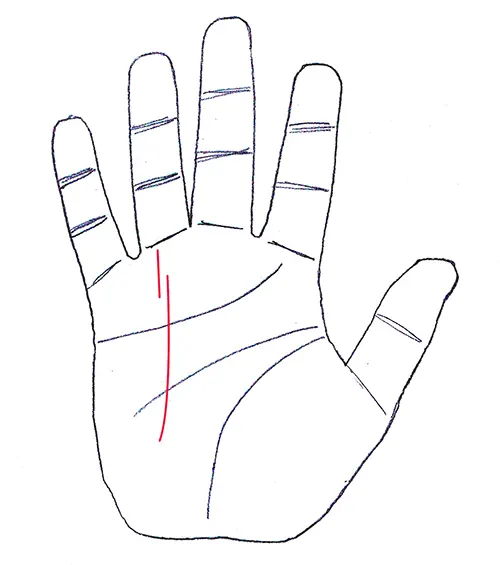
Interpreting Breaks in Context
The position matters: A break under the Heart Line might tie to emotional hurdles affecting fame, while one near the Head Line links to mental blocks. If accompanied by positive signs like a square (protection), the impact softens. Warnings include avoiding complacency post-success, as breaks often stem from overconfidence or external betrayals. Examples from famous palms, like those with resilient lines post-breaks, show that perseverance can mend these gaps, leading to greater achievements.
Breaks encourage self-reflection: What patterns in your life mirror these interruptions? Use them as prompts to build stronger foundations, perhaps through skill-building or networking.
Islands on the Sun Line: Decoding Periods of Uncertainty and Loss
Islands are oval or loop-like formations on the line, resembling small islands in a river. They’re generally negative, signifying periods of confusion, loss, or scandal that disrupt your shine.
Meaning of Islands
An island on the Sun Line warns of damage to reputation, financial setbacks, or delays in recognition. It often points to scandals, business failures, or emotional turmoil affecting public image. In traditional interpretations, it indicates hereditary issues or vicious cycles of trouble. For example, an island at the line’s start might suggest early-life scandals, while one at the end could mean late-career controversies.
Stressful times or uncertain paths are common themes, with islands representing temporary barriers. They urge caution in transactions and hard work to breakthrough.
Types of Islands
- Small Island: Minor setbacks, like short-term criticism or financial dips.
- Large Island: Major losses, potentially involving position or name through scandal.
- Chained Islands: Series of loops indicating prolonged confusion or scattered efforts.
- Island with Cross: Amplified negativity, like combined reputation and wealth losses.
Position and Interpretation
- On Lower Sun Line: Early struggles in building fame.
- Mid-Line Island: Career midpoint crises, perhaps from bad decisions.
- Upper Island: Late-life warnings, often tied to lust or impatience.
In context, islands on a strong line are less damaging than on a weak one. They’re not permanent; many overcome them through diligence. For instance, a protective square around an island can mitigate effects, turning potential disasters into lessons.
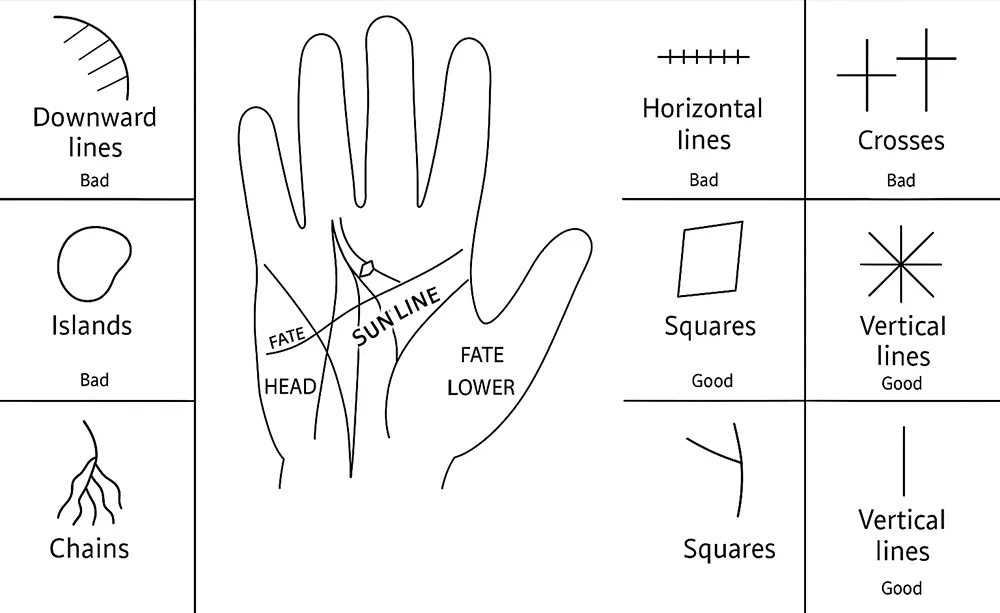
Warnings emphasize viewing islands as signals for caution, not inevitability. Historical palmists note they often relate to external influences, advising ethical conduct to avoid scandals.
Other Markings on the Sun Line: Enhancing or Complicating Interpretations
Beyond breaks and islands, other signs add nuance:
- Stars: Positive for sudden fame; negative in middle as crosses.
- Crosses: Indicate rejections or failures; diligence overcomes them.
- Squares: Protective against losses.
- Tridents: Multifaceted success.
- Dots or Spots: Temporary illnesses or stresses affecting success.
These interact with breaks/islands—for example, a star after a break signals triumphant recovery.
Interactions with Other Palm Lines: A Holistic View
The Sun Line doesn’t exist in isolation. Its crossings with the Fate Line enhance career luck, while connections to the Heart Line tie success to relationships. A break near the Life Line might link to health interruptions affecting fame. Always read the whole hand for accurate insights.
Case Studies: Real-Life Examples from Palmistry
Consider Warren Buffett’s hand, featuring double Sun Lines—indicating diversified success through high energy input. Absent Sun Lines in figures like Oprah Winfrey show that overall hand strength can lead to global fame without this line. Broken lines in artists often reflect creative slumps followed by breakthroughs, illustrating resilience.
Frequently Asked Questions (FAQs) About Sun Line Breaks and Islands
What does a broken Sun Line mean?
A broken Sun Line typically indicates interruptions in success or reputation, such as career changes or setbacks. However, if the line resumes strongly, it suggests recovery through experience and adaptability.
Is an island on the Sun Line always bad?
While islands often signal challenges like scandals or losses, they’re temporary and can be overcome with caution and effort. Their impact depends on the line’s overall strength.
Can I change my Sun Line through actions?
Palm lines can evolve with life changes, reflecting personal growth. Positive habits like focused work or ethical decisions may strengthen or smooth the line over time.
What if I don’t have a Sun Line?
Absence doesn’t mean failure; it could indicate limitless potential or success through other hand features. Many successful people lack it but excel via determination.
How do breaks differ from islands?
Breaks are gaps signifying abrupt stops, while islands are loops indicating periods of confusion or encircled troubles. Both call for resilience but manifest differently.
Does the Sun Line predict fame in specific fields?
Yes, origins from certain mounts (e.g., Moon for arts) hint at fields, but it’s more about energy than specifics.
Are Sun Line interpretations the same for both hands?
The dominant hand shows current realities, the other potential. Differences highlight areas for development.
Can negative markings like islands be mitigated?
Protective signs like squares can soften effects. Personal actions, like building networks, also help.
What other lines influence the Sun Line?
Fate, Head, and Heart Lines interact closely, amplifying or modifying its meanings.
Is palmistry scientifically proven?
While not empirical science, it’s a tool for self-reflection, blending psychology and tradition for insights.
Conclusion: Embracing the Sun Line’s Messages for a Brighter Path
The Sun Line, with its breaks and islands, isn’t a rigid script but a dynamic guide to your potential. Breaks remind us that interruptions are part of growth, fostering resilience, while islands caution against pitfalls, encouraging mindful navigation. By understanding these features, you can harness your inner light to overcome obstacles and shine brighter.
Remember, palmistry empowers rather than predicts—your actions shape your destiny. If intrigued, consult a professional palmist for personalized readings. Keep exploring your palm’s stories, and may your Sun Line lead to endless horizons of success and fulfillment.
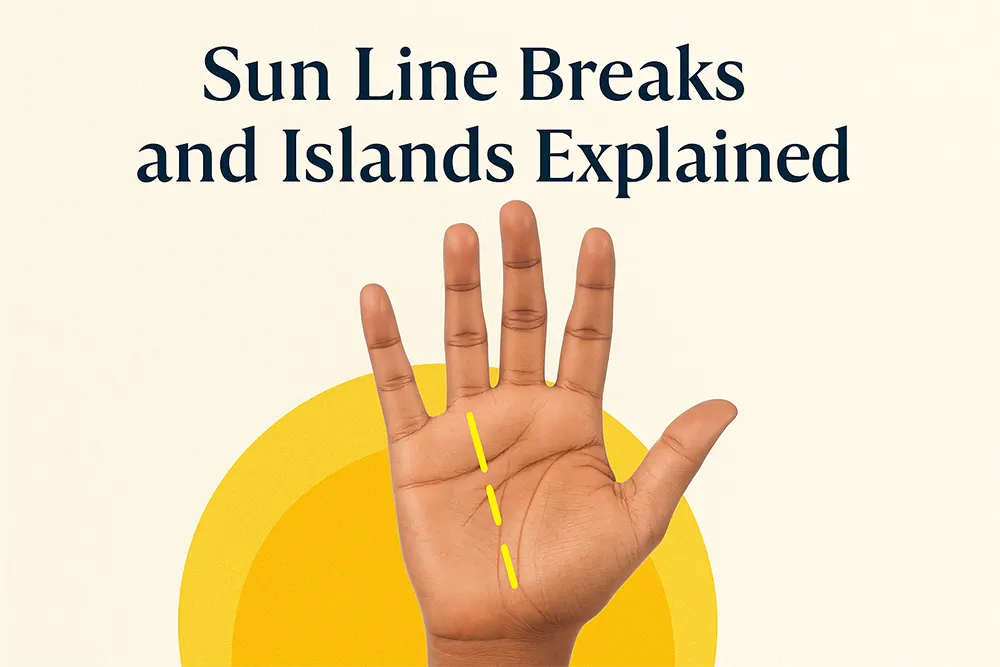
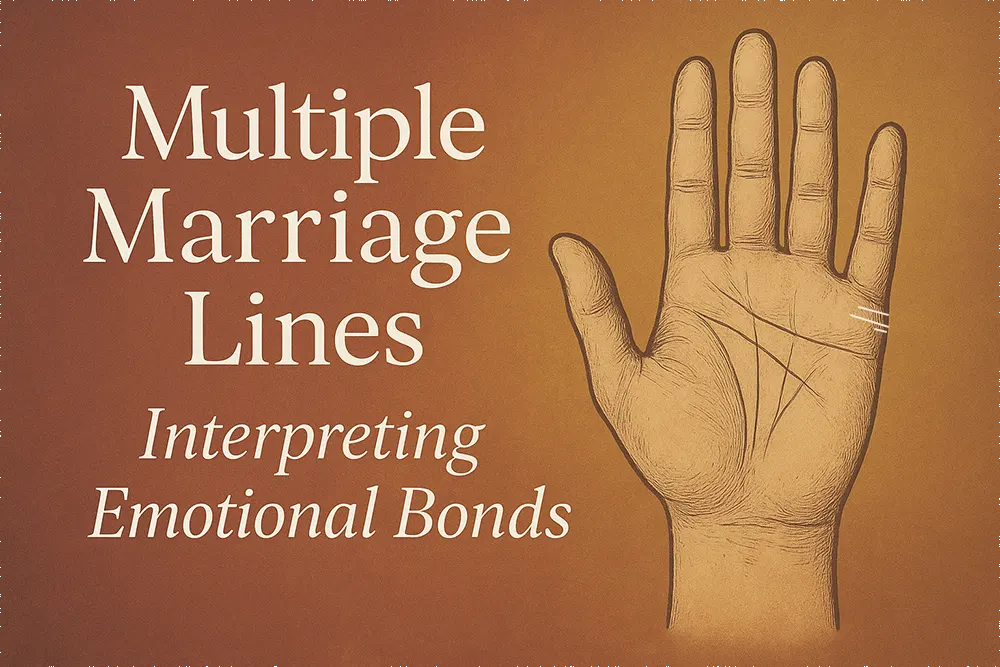
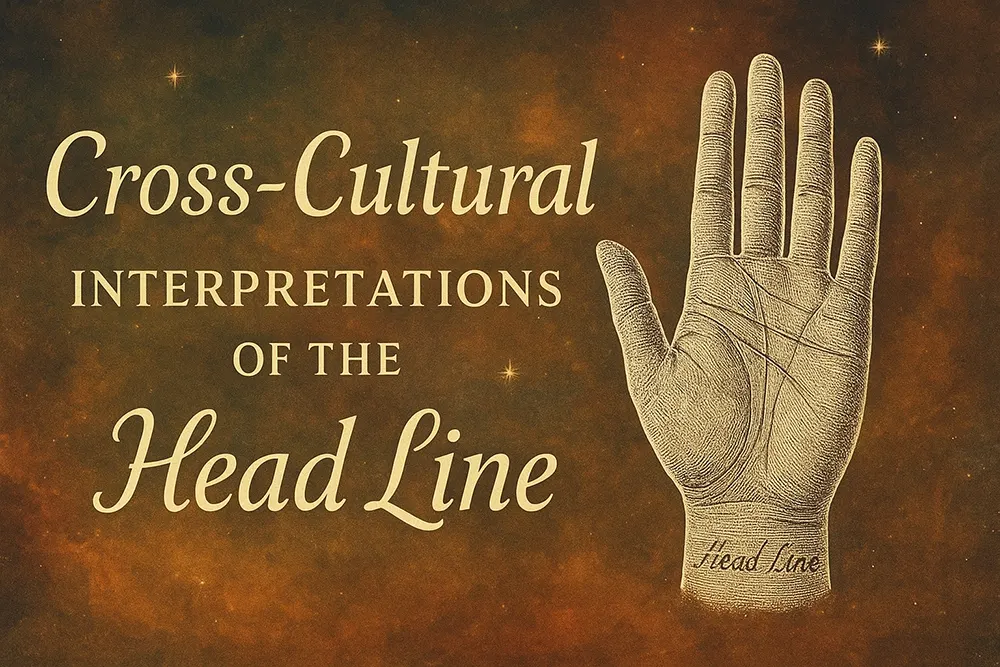
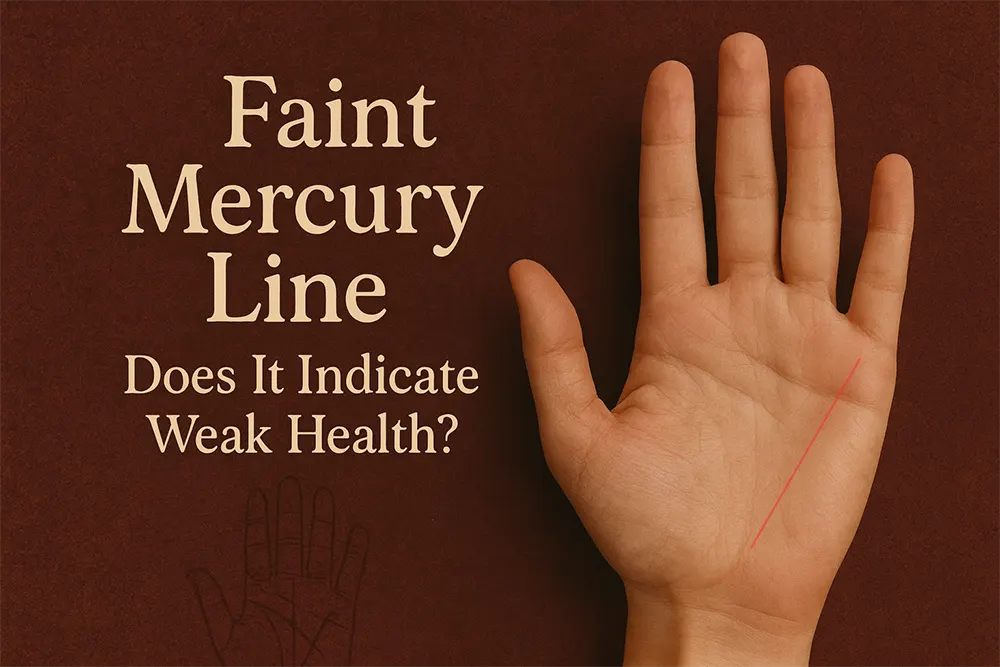
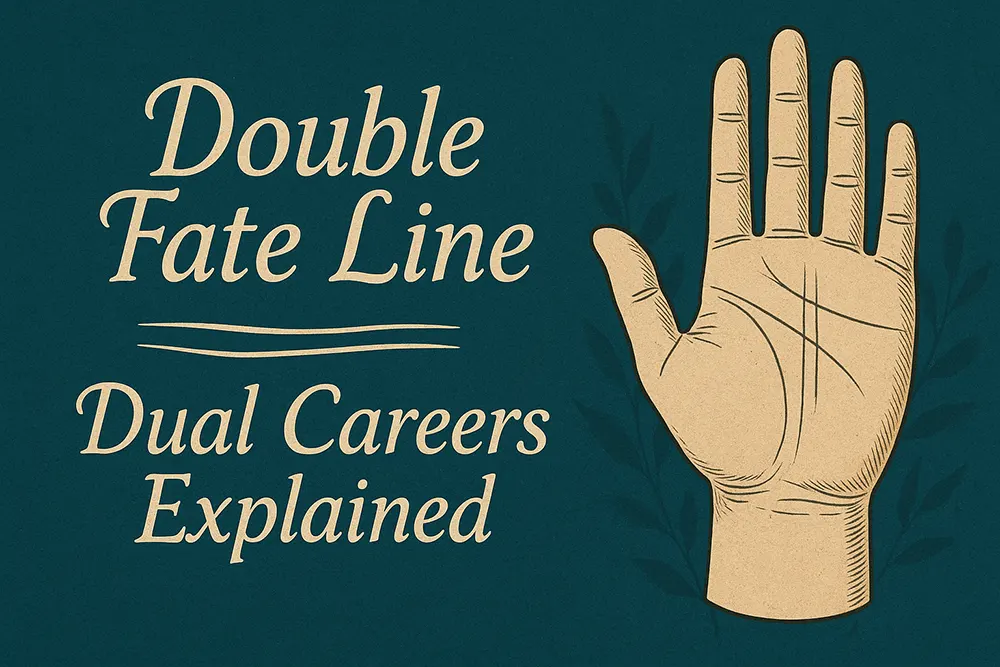
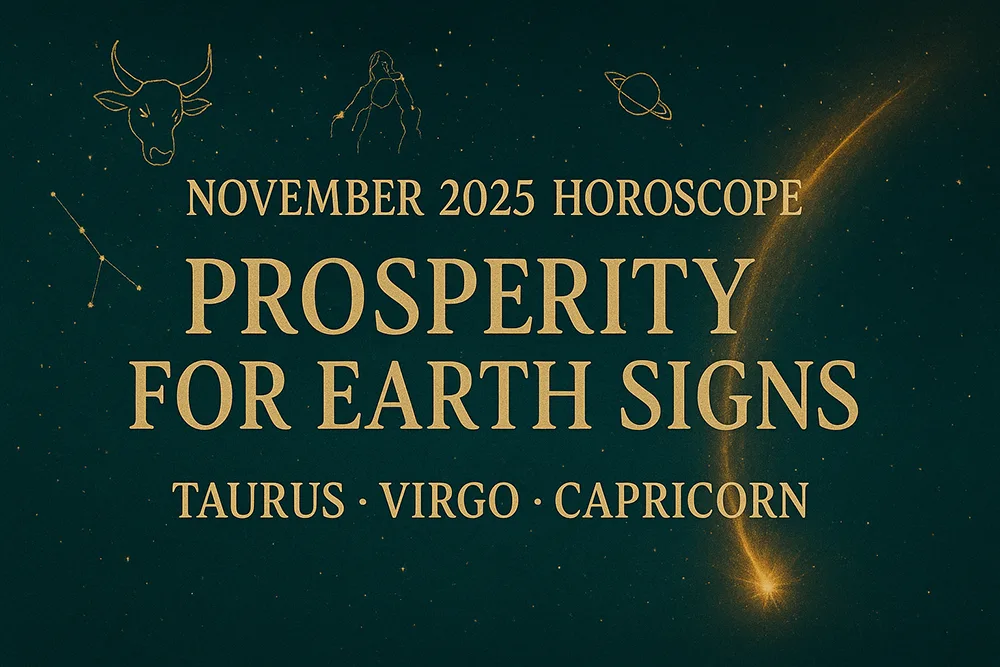
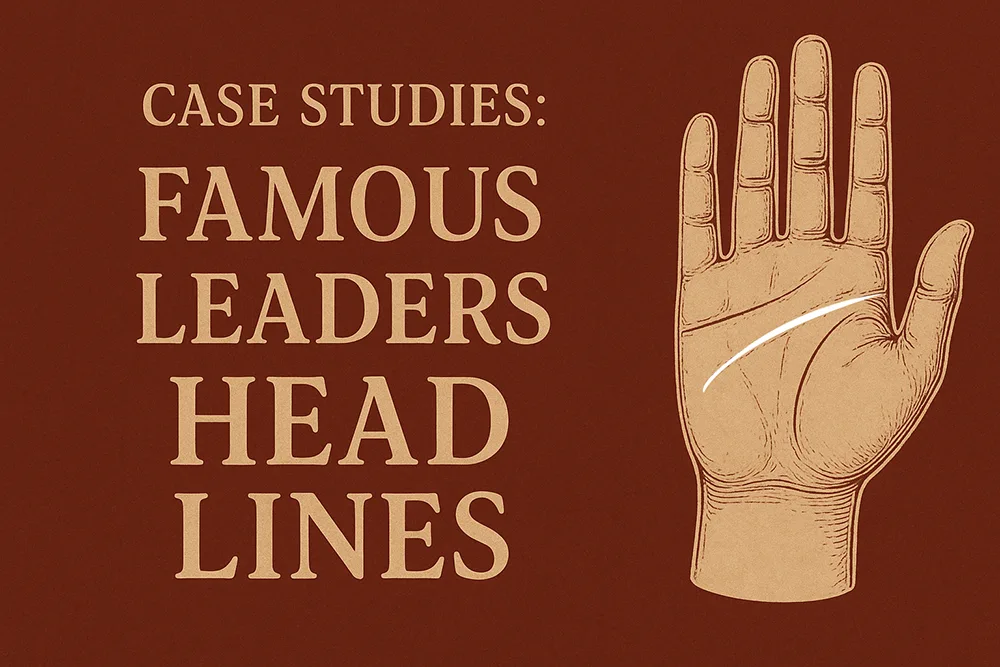
Some really nice stuff on this website , I like it.
Thank you! Glad you enjoyed it